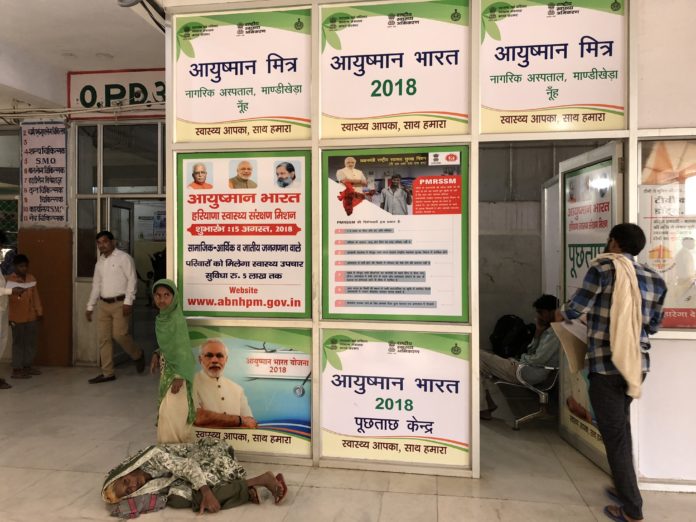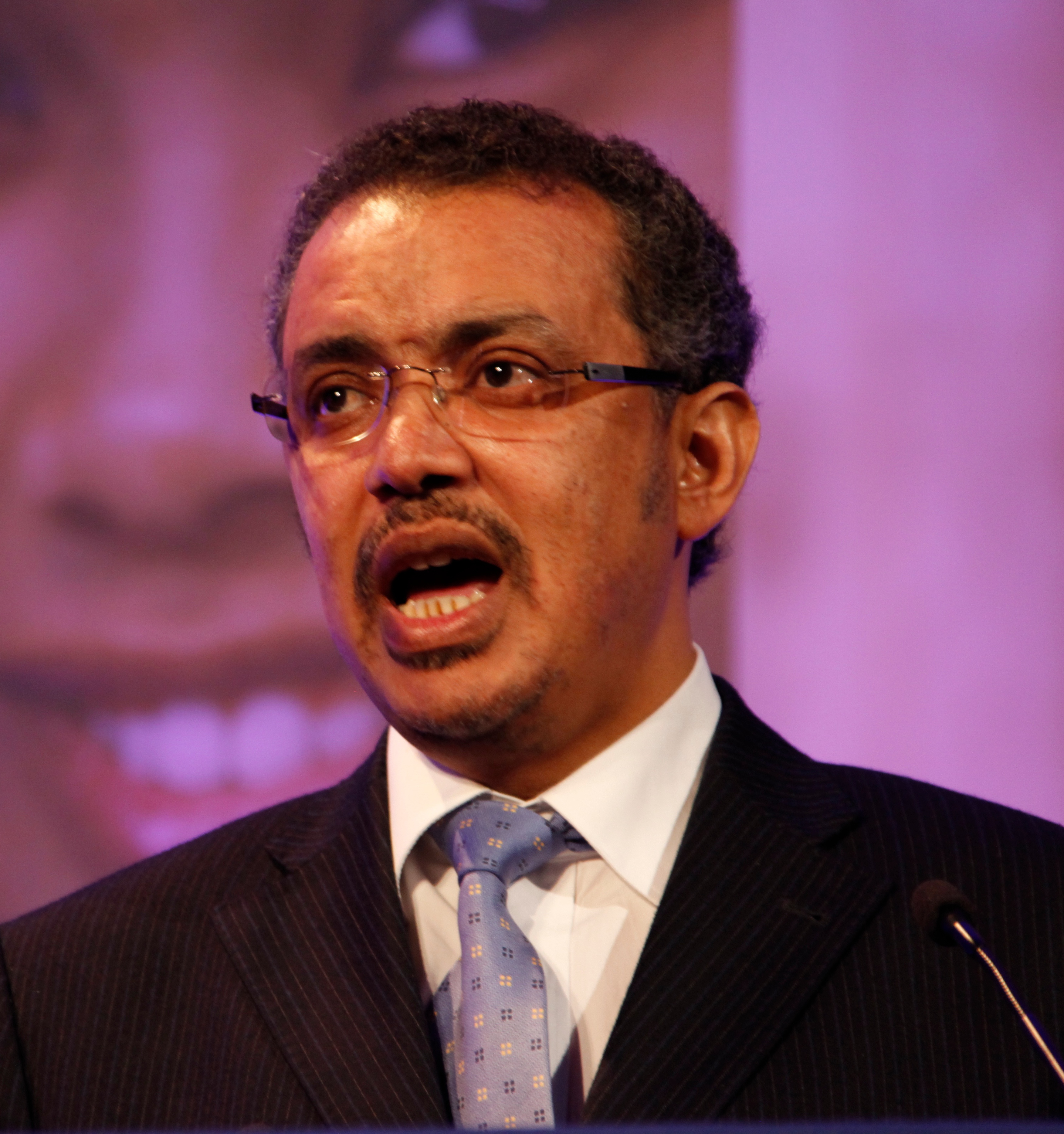
One year after the launch of Ayushman Bharat, UPA health flagship National Health Mission is still the mainstay of the government health programme
Fourteen years on, after all the talk of health assurance over the last four years and of Ayushman Bharat in the last one year, the mainstay of the central government health initiative remains the National Health Mission.
Exactly 50 percent of this year’s budgetary allocation for health has gone to the NHM – the allocation for the has gone up from Rs 311373 crore to Rs 33651 crore. The total allocation for the health ministry this year is Rs 62659.12 cr – 18% higher than last year.
Launched by the UPA government in 2005, first as the National Rural Health Mission (NRHM) that was subsequently subsumed into an overarching NHM in 2013, NRHM was the original game changer in India’s health landscape. It was hailed as the first government booster dose for primary healthcare especially in the grossly under served rural areas of the country.
Corrective measures clearly have to systemic rather than cosmetic but for now, at least Ayushman Bharat has no choice but to play second fiddle to NHM
There have been concerns ever since the NDA government under prime minister Narendra Modi took charge in 2014 that the programme may taper off but that has not happened even as it has lost its primacy in political messaging. The health and wellness centre plan under Ayushman Bharat essentially builds on the infrastructure put in place under NHM; primary health centres and sub centres are being upgraded to HWCs.
This is not to say that NHM has functioned perfectly throughout its long innings. Government data show that there is a shortfall of around 82% in specialists like surgeons, gynaecologists, physicians and paediatricians, almost 40% in laboratory technicians and a critical 12-16% shortage of nurses and pharmacists at community and public health centres (CHCs and PHCs). This is a function of the poor doctor patient ratio in the country as a whole but particularly in the rural areas. Corrective measures clearly have to systemic rather than cosmetic but for now, at least Ayushman Bharat has no choice but to play second fiddle to NHM.













